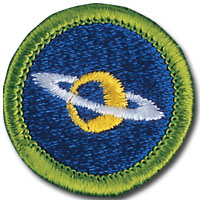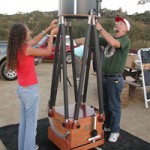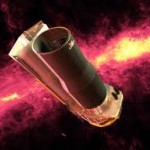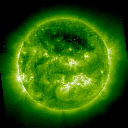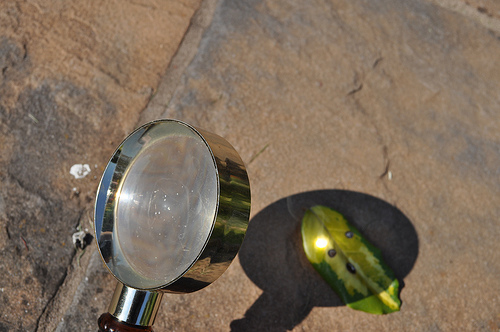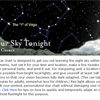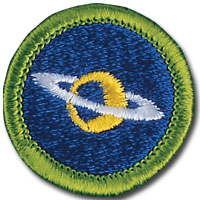 This is one of my favorite merit badges to help scouts earn. It might be because I've always had a fascination for the starry skies, or the fact that I'm the current president of my local astronomical club, but either way, it's a lot of fun to share this passion with students who share the same interest. Scouts get to learn how about spacecraft, exo-planets, nebulae, supernovae, meteor showers, moons that look like the death star, comets, and so much more. The experiments in this section go way above and beyond what's required for the badge, so you'll have the chance to pick and choose what fits into your budget and your own personal interests. Students that work through the experiments and activities below will have an amazing foundation in one of the oldest areas of science on the planet. Remember, earning your badge is so much more than just meeting the requirements and getting it "done"... it's about who you become in the process and the experiences you get to have along the journey. Please login or register to read the rest of this content.
This is one of my favorite merit badges to help scouts earn. It might be because I've always had a fascination for the starry skies, or the fact that I'm the current president of my local astronomical club, but either way, it's a lot of fun to share this passion with students who share the same interest. Scouts get to learn how about spacecraft, exo-planets, nebulae, supernovae, meteor showers, moons that look like the death star, comets, and so much more. The experiments in this section go way above and beyond what's required for the badge, so you'll have the chance to pick and choose what fits into your budget and your own personal interests. Students that work through the experiments and activities below will have an amazing foundation in one of the oldest areas of science on the planet. Remember, earning your badge is so much more than just meeting the requirements and getting it "done"... it's about who you become in the process and the experiences you get to have along the journey. Please login or register to read the rest of this content.
Here's a set of experiments that will help you meet your requirements. These are the official requirements as set by the Boy Scouts of America (in bold):
Requirements and Experiments:
Explain to your counselor the most likely hazards you may encounter while participating in astronomy activities, and what you should do to anticipate, help prevent, mitigate, and respond to these hazards.
As the current club president of the astronomical society in my town, I can share with you the guidelines that my astronomy club asks people who attend star parties to adhere to. These come straight off our website:
- If you plan to participate with a sizable telescope and need to setup next to your vehicle, please arrive and setup before it gets dark. Don't drive up star party hill after dark.
- No unannounced flash photography after it gets dark. Flash photography destroys night vision and can be extremely upsetting to astronomers and visitors. If you desire to take a couple of flash photos, please get permission from some of the astronomers and make a loud verbal announcement to the entire group of your intentions to forewarn the group prior to taking each photo.
- NO WHITE LIGHTS! Because of the need for night vision, use only red-light flashlights.
- Closely supervise all children. This is not a play area. Only bring children who can understand and appreciate the stargazing experience. There is expensive equipment all over star party hill, with many tripped hazards.
Describe the proper clothing and other precautions for safely making observations at night and in cold weather. Then explain how to safely observe the Sun, objects near the Sun, and the Moon.
One of the common questions I get when I put on star parties is "Can I look at the sun?" or "How do I look at the sun safely?" Since anything with lenses is going to intensify the incoming sunlight and concentrate it on the back of your eyeball on the retina, you'll need to be careful about how you view something as intense as the sun. The experiments below show you how to safely observe the sun in a couple of different ways and also the types of things you'll see, like eclipses, transits, and how to use two different kinds of filters.
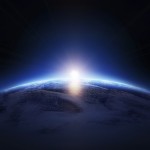
Learn how to observe the sun safely
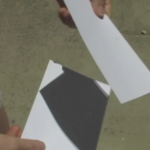
Buid apinhole solar projector
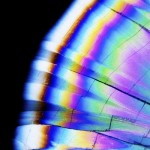
Learn how to observe the moon with a polarizing filter
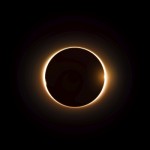
Viewing transits and eclipses.
Explain what light pollution is and how it and air pollution affect astronomy.
Light pollution isn't something that folks thought about until recently. In the last couple of (accidental) blackouts we had in my town, I was amazed how many people contacted us, completely confused by what they saw above their heads when all the lights went out. The most common of the questions we received was "What is that milky-cloud-like-thing up there?" After describing that they were seeing one of the arms of the Milky Way Galaxy, which is made up of lots and lots of stars, they were happy (and more educated).
There are lots of ways you can prevent light pollution, including installing shields over outdoor lights so they are directed downward and turning off your houselights (even the ones outdoors) when you don't need them anymore. I have mine to go off at 10pm every night, because I don't need them to be on all night long. The security lights I have around the house are on motion detectors, so they only go on when the neighbor's cat comes around.

You’ll want to read up on the activities from the International Dark-Sky Association
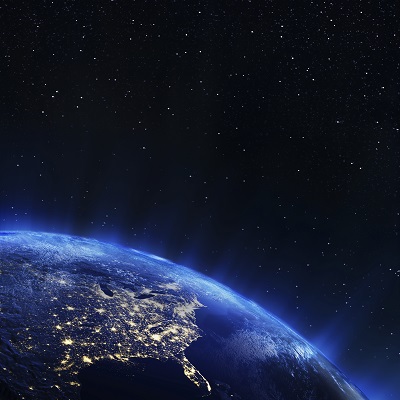
View a map from NASA on the Earth’s city lights.
Explain why binoculars and telescopes are important astronomical tools. Demonstrate or explain how these tools are used.
Binoculars are one of my favorite instruments after the telescope. But both are pretty useless unless you know where to point them. I'd recommend starting off with a good fart, a laser pointer, and a friendly astronomer to help you understand what you're looking at for the first few star gazing events you do. Try to attend a local astronomy star party where you'll find lots of friendly astronomers to help you learn the different types of telescopes (the main ones being: reflector, refractor, and schmidt-cassegrain).
Once you have a feel for the different types of scopes, you'll understand why refractor scopes are great for planetary work, and why large reflectors (like 20-30" diameter) need a dobsonian mount at the base. If you need a recommendation for scopes or binoculars, you'll find that here.
Describe the similarities and differences of several types of astronomical telescopes, including at least one that observes light beyond the visible part of the spectrum (i.e., radio, X-ray, ultraviolet, or infrared).
Energy can take one of two forms: matter and light (called electromagnetic radiation). Matter is what stuff is made from, like a chair or a table, and we’ll talk a lot more about matter when we get to chemistry.
Light is energy that can travel through space and through some kinds of matter, like glass. Another word for light is “electromagnetic radiation”. Light can have high energy, lower energy, or anything in between… kind of like high energy kids (the ones who race all over the playground), lower energy kids (the ones reading a book in a corner), and kids whose energy is somewhere in the middle.
Scientists usually refer to the light energy you can see with your eyes as “visible light”, or just “light”, and it has middle-of-the-road amounts of energy – not high, not low. Just average. That kind of electromagnetic radiation is called “light”.
Lower energy electromagnetic radiation can have wavelengths longer than a football field, and those are called “radio waves”. These aren’t the kind of waves that a guitar string makes when you pluck it. Radio waves are not sound waves. They are waves made out of electricity and magnetism (which we’ll discuss later) that travel through space. Sound waves need something, like air, in order to travel because it does it by vibrating molecules. Electromagnetic waves work differently, but it’s a little more complicated than we’re going to discuss now, so just remember that light waves different than sound waves. If you’ve ever seen a lightning storm, you know this is true, because you see the lightning way before you hear the thunder. Which wave do you think travels faster? Light or sound?
Other examples of lower energy waves are the kind found in your microwave oven called “microwaves” (surprised?) Your TV remote uses infra-red electromagnetic radiation, which has a little more energy than microwaves.
What about high energy waves? If you’ve ever been curious about why the dentist puts a heavy lead apron on you before x-raying your teeth, it’s because they’re about to use high-energy electromagnetic radiation called “x-rays” to see through your mouth tissues to get to the bones and teeth. Since high-energy rays can destroy living tissue, you have to wear that apron. Lead stops most high-energy electromagnetic radiation in the x-ray range. Black holes, supernovae, and quasars in the deep reaches of space emit deadly x-rays and even higher-energy gamma rays.
These next set of activities demonstrate the different frequencies of light and how scientists detect and observe them.
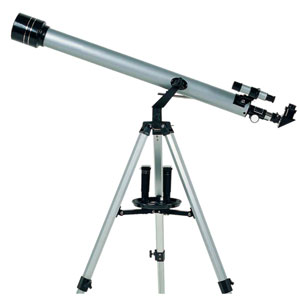
Using only two magnifying lenses, you can make a simple refractor telescope in seconds.
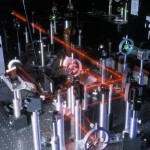
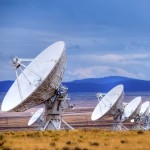
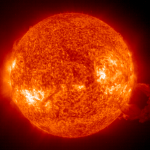
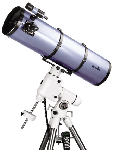
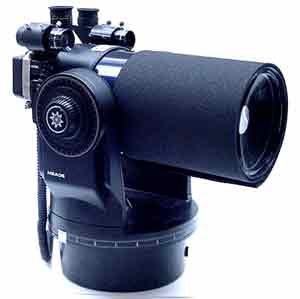
Explain the purposes of at least three instruments used with astronomical telescopes. Describe the proper care and storage of telescopes and binoculars both at home and in the field.
Most folks that get a telescope don't stop just there... no way! There are all kinds of accessories to get to work right along with that shiny new scope.
I personally own four telescopes and two sets of binoculars, and each one is designed for something different.
I have a glass solar filter for my larger optical reflector scope.My schmidt scope is just for observing the moon since it's so small (only 4.5"), but it's got great optics when paired with a variable polarizing filter to cut down the light of the moon (which is incredibly bright more a lot of the time).
I also own a hydrogen-alpha telescope, which is only good for viewing the sun's flares and sunspots, but it does it better than any other scopes.
I have two reflectors that I use for deep sky observing, and along with them one of them has tracking so I can attach my camera to the end of it for astrophotography. Of my two binoculars, by 10x50's are such a favorite that I finally bought a special parallelogram tripod to go with it.I also attach my cell phone to it and display an interactive star chart that's labeled, so when folks come up to it, they know what they are looking at.
I use a green laser as a finder on the scopes when I am doing a public star party, but when it's a private deep-sky event, I'll put on the laser finder and traditional smaller finder scope.
And don't even get me started on eyepieces! My favorites are lanthanum wide-field eyepieces that allow folks to view the sky a lot easier than the cheap ones that are normally included with the scopes when you buy them. I also use an O-III (oxygen 3) filter to help enhance the images of nebulae when I am observing.
Identify in the sky at least 10 constellations, at least four of which are in the zodiac. Identify at least eight conspicuous stars, five of which are of magnitude 1 or brighter. Make two sketches of the Big Dipper.
There are 88 constellations, twelve of which are in the zodiac, and these all lie on the "ecliptic plane". The ecliptic plane is the path across the sky that the sun, moon, and planets follow (except Pluto, since it's orbit is not in the same plane as the rest). The zodiac is made up of: Aries, Taurus, Gemini, Cancer, Leo, Virgo, Libra, Scorpius, Sagittarius, Capricorn, Aquarius, and Pisces.
The zodiac signs are basically a fixed-coordinate system, but the constellations themselves change over the years. For years, constellations have been used to keep track of planets and moons. The Babylonians had no idea that the Earth moved on its own axis, so they didn't account for this when they developed the zodiac. Today, astronomers can correct for this, which means that the constellations drift apart by about 1.4° every year, meaning that some of the constellations don't stay in their designated boundaries, like Aries, which has drifted into Pisces.
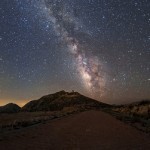
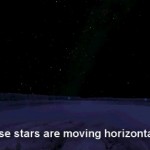
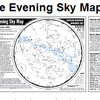
List the names of the five most visible planets. Explain which ones can appear in phases similar to lunar phases and which ones cannot, and explain why.
Did you know you can see the moons of Jupiter and Saturn with only a pair of binoculars? There's really nothing better than star gazing with a pair of binoculars with your kids, and I'm going to help you hit the highlights, even if you don't know an atom from an angström.
I've put together a list of my favorite picks from the northern hemisphere's summer sky.
So get out your binoculars, pop the popcorn, and spend time outdoors with your kids.
Mercury rises or sets near dawn or dusk, and is very hard to locate (owing to its close proximity to the sun). Saturn, Mars, and Jupiter change their location depending on the time of year, so you’ll need a star chart to help you out.
To find Uranus, Neptune, and Pluto, you’re going to need a seasoned astronomer with a telescope nearby. Uranus rises just before midnight, but it’s not visible with the naked eye in most skies. Same with Neptune – it also rises before midnight, but it’s such a faint object that unless you know exactly where to look, you’re not going to find it. Pluto, the dwarf planet, can be found in Sagittarius with an 8″ telescope and dark skies, as it’s 14th magnitude (see below for magnitude information).
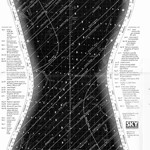
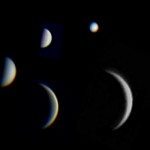
Describe the motion of the planets across the sky. Observe a planet and describe what you saw.
The moon, sun, and planets all follow an arc cross the sky called the 'ecliptic'. Often you'll find Venus as the bright star hanging in the western sky at sunset or the eastern sky at dawn, depending on the time of year. If you're star gazing on a night when the moon's also up, you'll have two points you can connect so you can see approximately where this arc is in the sky.
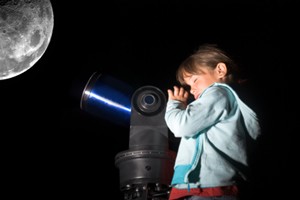
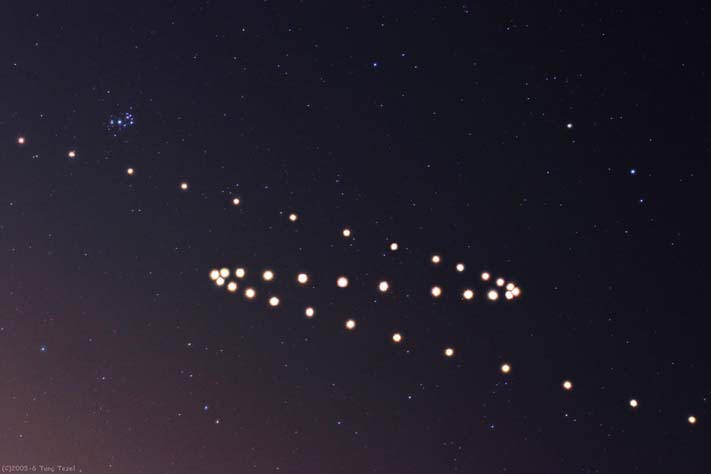
Sketch the face of the Moon and indicate at least five seas and five craters. Sketch the phase and the daily position of the Moon, at the same hour and place, for four days in a row. List the factors that keep the Moon in orbit around Earth. Explain the relative positions of the Sun, Earth, and the Moon at the times of lunar and solar eclipses, and at the times of new, first-quarter, full, and last-quarter phases of the Moon.
The best time to view the moon is a few days before first quarter and after third quarter. (Click here for a Phases of the Moon Calendar). This way, you'll be able to view the 'terminator' (the line between light and dark on the surface), which will make the craters pop out even more through your binoculars. If you have an inflatable raft, bring it out, pump it up, and stretch out on it as you view through your binoculars - it will greatly reduce the stress on your neck. If you're viewing the full moon, one of the easiest things to find are the Apollo Landing sites. First, you'll need a map: click here for a printable Moon Map.
If the sky's clear and the moon is big and bright, just pop outside and look up. The first thing you want to do is orient the map so you have it right-side up. The easiest way to do that is to find the 'belly button' on the moon (called Tycho). It's the large crater near the bottom. Find it also on the Moon Map and presto! You've just found your first astronomy feature! Now, let's see if we can find where Apollo 11 landed. Are you ready? The Apollo 11 mission was the first human space flight to land on the Moon. Launched on July 16, 1969, it carried Mission Commander Neil Alden Armstrong, Command Module Pilot Michael Collins, and Lunar Module Pilot Edwin Eugene 'Buzz' Aldrin, Jr. On July 20, Armstrong and Aldrin became the first humans to land on the Moon, while Collins orbited above. To find the Apollo 11 landing site, just go straight up from Tycho until you hit the first large, dark basin (called the Sea of Tranquility) and you're there.
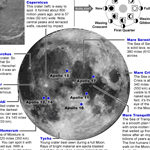
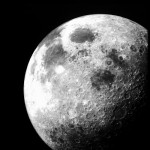
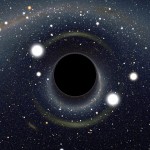

Describe the composition of the Sun, its relationship to other stars, and some effects of its radiation on Earth's weather and communications. Define sunspots and describe some of the effects they may have on solar radiation. Identify at least one red star, one blue star, and one yellow star (other than the Sun). Explain the meaning of these colors.
Astrophysics not only looks at nearby planets and distant stars, it also deals with the center of our solar system: the Sun. Our Sun is not quite a sphere (it’s a little flat on one side), which actually made the initial calculations of Mercury’s orbit incorrect when we estimated it to be a perfect ball. Our Sun is a G-type star, and recent measurements indicate that our Sun is brighter than 85% of the stars in our own galaxy. It takes light about 8 minutes to travel from the Sun to the Earth, meaning that if the Sun were to suddenly and magically disappear, we wouldn’t know about it for 8 minutes.
The Sun is made of hot plasma and is 1.3 million times the size of our Earth. The Sun holds 99% of the mass of our solar system, but only has 1% of the momentum. It’s 74% hydrogen and 24% helium, with trace amounts of oxygen, carbon, iron, and neon. Scientists split the incoming light into a giant 40-foot rainbow and looked for signs of which elements are burning through a special instrument called a spectrometer (you’ll be building one of these in this section) to figure out the Sun’s composition.
With a 15 million oC core, the Sun is not on fire, but rather generates heat by smacking protons together and getting a puff of energy through a process called nuclear fusion. We can’t directly observe the core of the Sun, but we can figure out what’s going on inside by watching the patterns on the surface. You’ll learn more about this in the activity that covers helioseismology. The surface temperature of the Sun is about 5500oC, so it cools considerably when the gases bubble up to the surface.
The Sun rotates differentially, since it’s not solid but rather a ball of hot gas and plasma. The equator rotates faster than the poles, and in one of the experiments in this section, you’ll actually get to measure the Sun’s rotation. This differential rotation causes the magnetic fields to twist and stretch. The Sun has two magnetic poles (north and south) that swap every 11 years as the magnetic fields reach their breaking point, like a spinning top that’s getting tangled up in its own string. When they flip, it’s called “solar maximum,” and you’ll find the most sunspots dotting the Sun at this time.
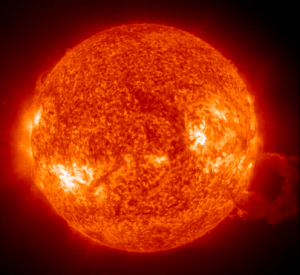
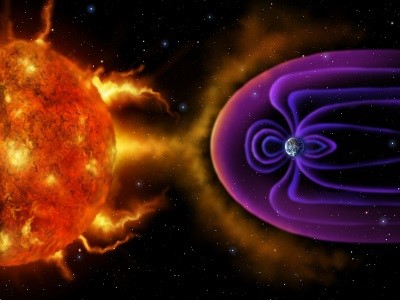
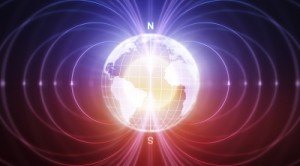
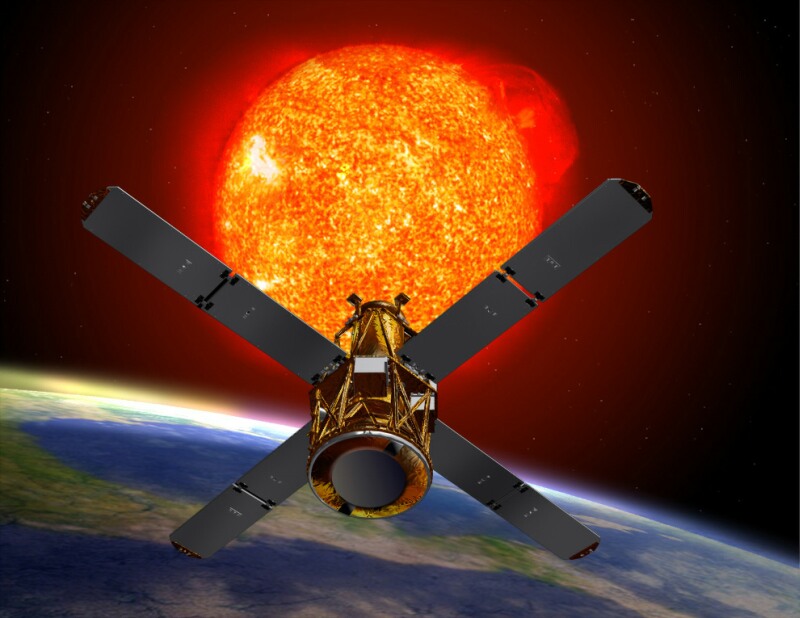
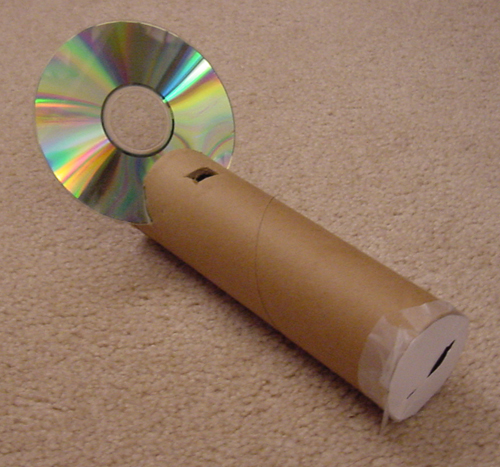
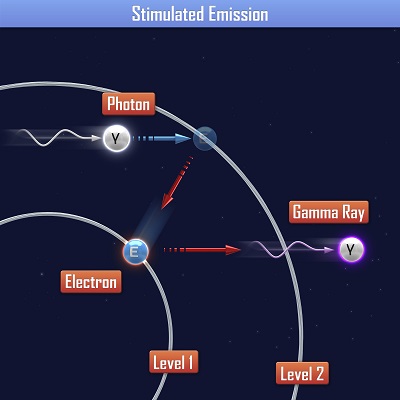
Visit a planetarium or astronomical observatory. Plan and participate in a three-hour observation session that includes using binoculars or a telescope.
When I was a kid, my dream job was to be the person that ran the planetarium show. I don't know why I was so hooked on that, but it seemed like the absolute coolest job in the world. The first time I saw a planetarium projector inside a huge dome, I knew that was it for me. Even though it looked like an over-sized dumbbell, I worked really hard to learn all the constellations and stars and celestial objects I could find so I could duplicate what that projector did for people, only for me, I wanted to be out in the real night sky, complete with laser. Now years later, it's still my favorite workshop to do for folks!
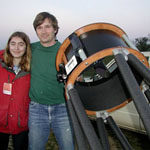
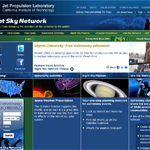

Find out about three career opportunities in astronomy. Pick one and find out the education, training, and experience required for this profession.
There are different types of astronomers, some of whom have never looked through a telescope. For example, radio astronomers use satellite dishes to “view” the sky while backyard astronomers use optical telescopes armed with cameras. Professional observational astronomers use computers and specialized camera equipment to look through their X-ray scopes and determine what's out there. And the kid down the street uses a new set of binoculars he got for his birthday. They are all doing astronomy, just in different ways. Learn more about astronomy and astrophysics here.

